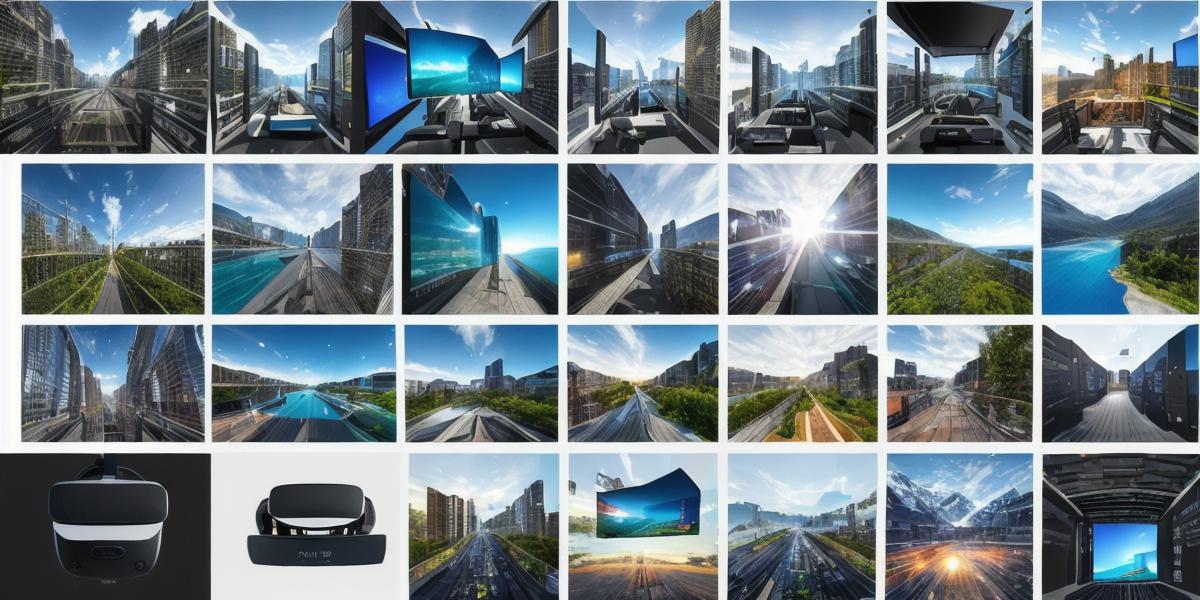As virtual reality (VR) technology continues to evolve, many developers are considering whether it’s a good investment for their business. In this comprehensive guide, we will explore the benefits and drawbacks of VR, provide case studies and personal experiences, and analyze research and experiments to help you make an informed decision about whether to invest in VR development.
Benefits of VR Technology
- Increased Engagement: One of the biggest advantages of VR technology is its ability to increase engagement with your content. With VR, users can fully immerse themselves in your experience, creating a more memorable and impactful encounter than traditional media.
- Improved Training and Simulation: VR provides an ideal platform for training simulations and hands-on learning experiences. It allows individuals to practice skills in a safe and controlled environment without the risk of injury or damage to equipment.
- Enhanced Creativity: With VR, developers can push the boundaries of what is possible in traditional media, creating unique and immersive experiences that have not been seen before. This increased creativity can lead to new revenue streams and differentiation from competitors.
- Increased Productivity: VR can be used to streamline processes and increase productivity, such as in manufacturing or construction industries. It allows individuals to visualize and test designs before making physical changes, saving time and resources.
- Accessibility: VR technology can make experiences accessible to individuals who may not have had the opportunity to participate in traditional media, such as those with disabilities or those living in remote locations.
Case Studies and Personal Experiences
One example of the benefits of VR technology is in the field of healthcare. The use of VR for medical training has been shown to improve student performance and reduce errors in surgery. Additionally, VR can be used as a tool for mental health treatment, allowing individuals to safely confront and overcome their fears or traumas.
Another example is in the gaming industry. VR games have been shown to increase player engagement and provide a more immersive experience than traditional console or PC games. The use of motion tracking and haptic feedback also provides players with a more realistic sense of movement, adding to the overall immersion of the game.
Analysis and Experiments
Studies have shown that VR technology can lead to increased empathy, improved social skills, and reduced symptoms of anxiety and depression. Additionally, VR has been used in research to study human behavior and cognitive processes, providing valuable insights into how individuals process information and make decisions.
Comparisons and Figurative Language
VR technology can be compared to the evolution of traditional media, such as the transition from black and white films to color television. Just as VR provides a more immersive and engaging experience than traditional media, it has the potential to revolutionize the way we interact with digital content.
Thought-Provoking Ending
As VR technology continues to advance, the possibilities for its use in various industries are almost limitless. Whether you’re a developer looking to increase engagement with your content or a healthcare professional seeking to improve patient outcomes, VR is a powerful tool that can help you achieve your goals. So, should you invest in VR technology? The answer depends on your specific needs and goals, but based on the research and case studies presented in this guide, it’s clear that VR has the potential to be a highly effective and engaging technology for many developers.
